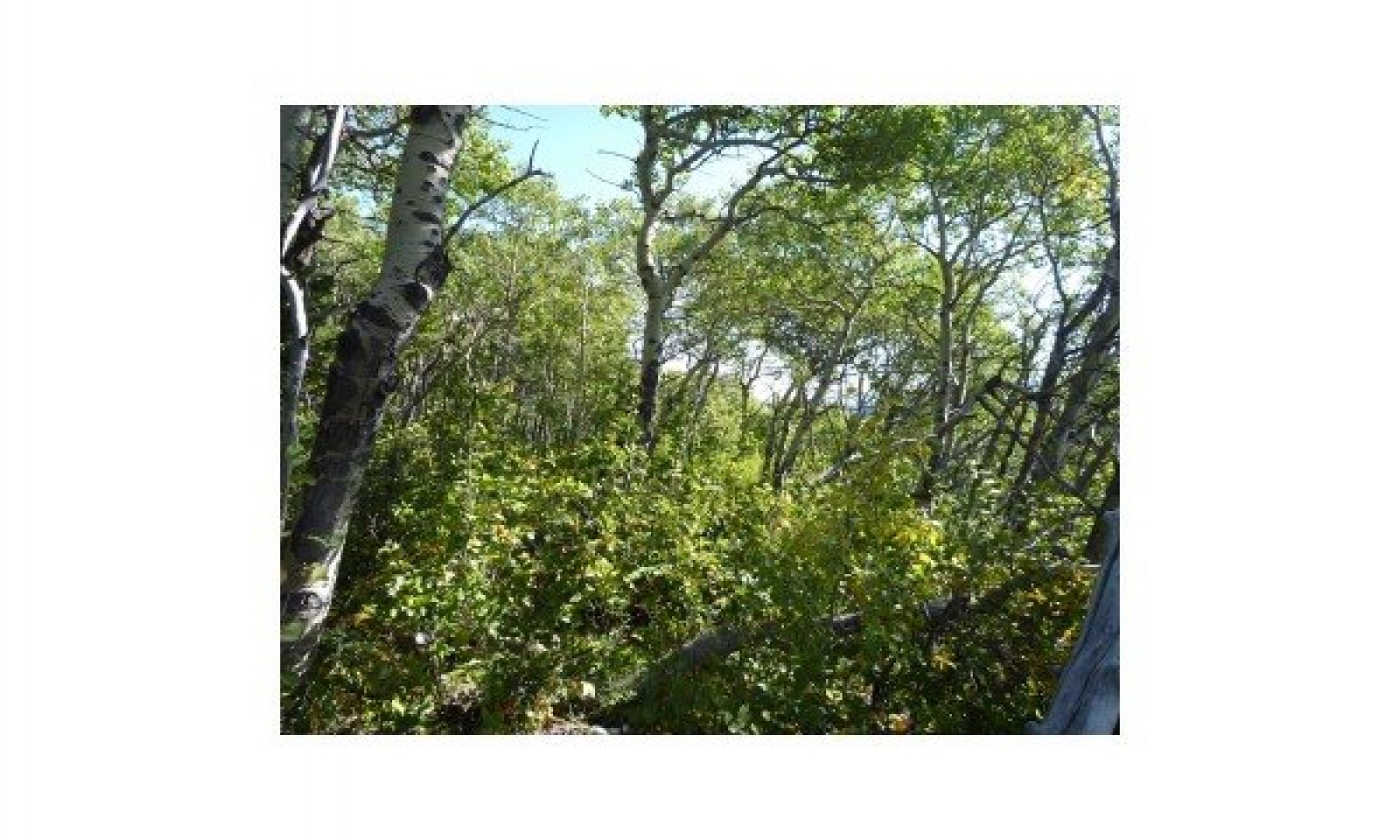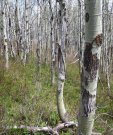
Montane Deciduous Clayey Outwash Terrace 20-24" PZ Cryic Northern Rocky Mountain Front
Scenario model
Current ecosystem state
Select a state
Management practices/drivers
Select a transition or restoration pathway
- Transition T1a More details
- Transition T2A More details
- Transition T2B More details
- Restoration pathway R3A More details
- Restoration pathway R4A More details
-
No transition or restoration pathway between the selected states has been described
Target ecosystem state
Select a state
Description
1.0 Historic Reference State- no weeds
43B Aspen
Submodel
State 2
Current Potential State




Description
2.0 Current Potential State- minor weeds
43B Aspen
Submodel
Description
3.0 Altered State-weeds dominate
Submodel
Mechanism
T2A Severe grazing and browsing with no ability to return to State 1 without Human Intervention ceasing grazing will not restore vegetation community. Successful reproduction of aspen Severely limited due to browsing, native shrub and forb species Severely limited due to grazing and browsing. Increase in non-native and increaser Species.
Mechanism
T2B Severe grazing and browsing that allowed conifer encroachment
Model keys
Briefcase
Add ecological sites and Major Land Resource Areas to your briefcase by clicking on the briefcase (![]() ) icon wherever it occurs. Drag and drop items to reorder. Cookies are used to store briefcase items between browsing sessions. Because of this, the number of items that can be added to your briefcase is limited, and briefcase items added on one device and browser cannot be accessed from another device or browser. Users who do not wish to place cookies on their devices should not use the briefcase tool. Briefcase cookies serve no other purpose than described here and are deleted whenever browsing history is cleared.
) icon wherever it occurs. Drag and drop items to reorder. Cookies are used to store briefcase items between browsing sessions. Because of this, the number of items that can be added to your briefcase is limited, and briefcase items added on one device and browser cannot be accessed from another device or browser. Users who do not wish to place cookies on their devices should not use the briefcase tool. Briefcase cookies serve no other purpose than described here and are deleted whenever browsing history is cleared.
Ecological sites
Major Land Resource Areas
The Ecosystem Dynamics Interpretive Tool is an information system framework developed by the USDA-ARS Jornada Experimental Range, USDA Natural Resources Conservation Service, and New Mexico State University.
